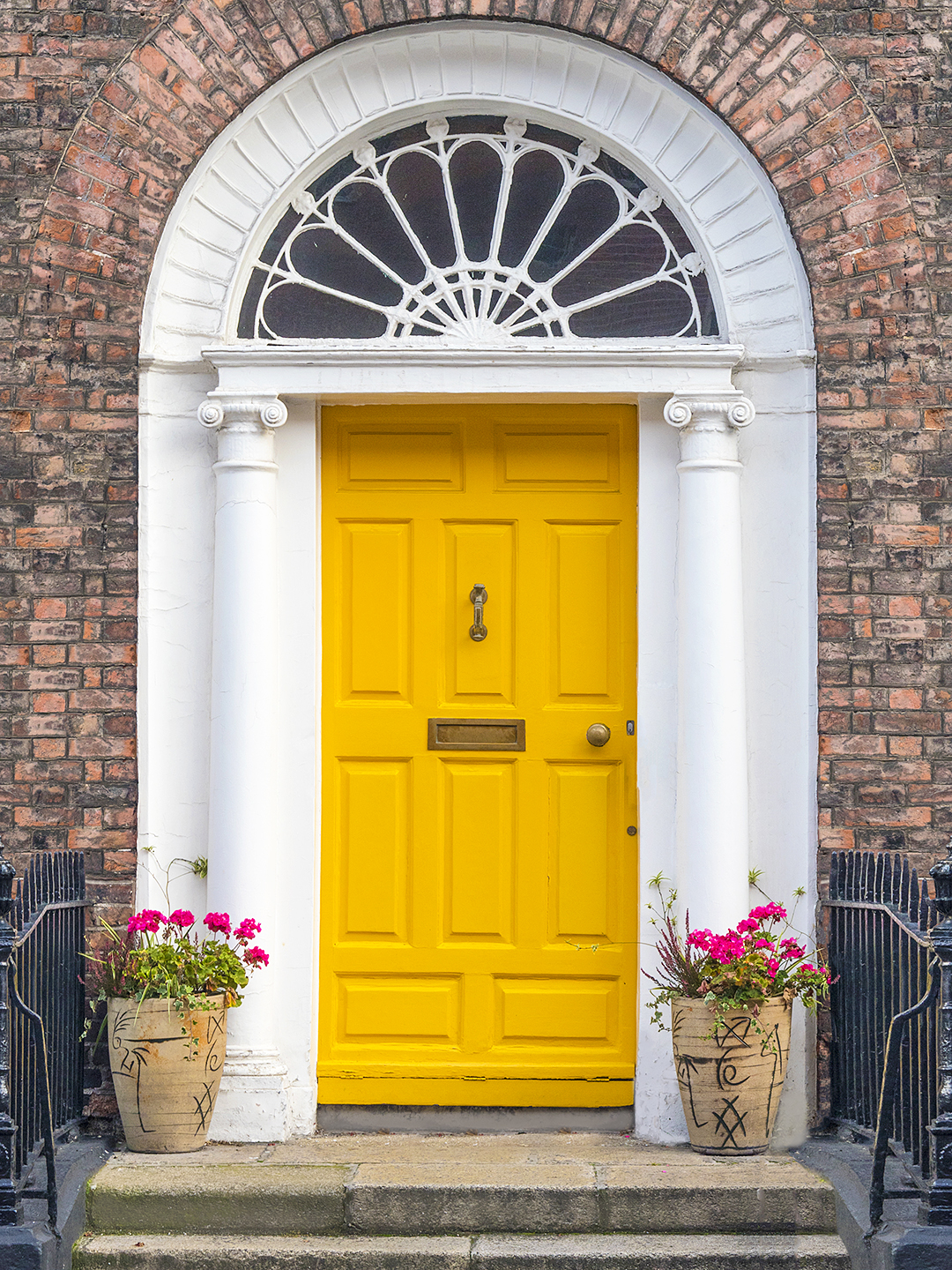We may earn revenue from the products available on this page and participate in affiliate programs.
What does 2022 have in store? In Design Psychic, our community of editors, experts, and tastemakers predict the trends coming soon to a house near you.
Sustainability is a loaded word. What was once the go-to term used to describe a building that boasted solar panels or a green roof has since evolved to include thinking twice about whether to put our to-go coffee cup in the trash—spoiler alert: it likely can’t be recycled—and taking a sharper look at the sort of things we’re buying. Questions about whether something is this recyclable, resellable, or repairable (upholstering chairs isn’t so bad!) are expected rather than met with an eye roll.
Industry experts, designers, and environmental advocates alike tell us this interest in creating a greener home and healthier lifestyle, whether it’s investing in energy-efficient windows or a cute compost bin, is only going to continue—in 2022 and beyond. Here’s what they predict the definition of sustainability will come to encompass as soon as next year.
A Breath of Fresh Air—Inside
Spending a lot of time indoors in 2020 had us coveting fresh air, backyards, and long walks—have you ever wondered if that’s because the air inside wasn’t all that good to begin with? “We will see more and more people take air quality into their own hands with sensor technology and air filters,” predicts Rachel Hodgdon, president and CEO of the International WELL Building Council (the organization behind the WELL buildings certification). “My Dyson floor fan has a HEPA filter and can measure particulate matter, CO2, VOCs, and a host of other indoor contaminants. It’s fascinating to see what impacts the quality of the air in my home—cooking on my stove, neighborhood fireworks on the Fourth of July, or my gas fireplace. When I’m in the red zone, I open windows, turn on the ceiling fan, or increase my airflow via my thermostat.”
Upcycled Materials Get a Makeover
For Georgie Smith and Hilary Gibbs, the sisters behind decorative tile company Livden, sustainability can also be sexy. The narrative that being sustainable means sacrificing beautiful design, they say, is a farce. They forecast an uptick in colorful and eco-conscious materials and products, like their pastel blue punchy pink recycled paper creations, non-petroleum resin, and terrazzo made of 100-percent recyclable glass.
A Minimalist Approach to Cleaning
Quick question: What is the first thing you do when you come back home after being out for the day? We’d wager that these days it’s washing your hands—and not with just any soap. “There has been an explosion of nontoxic home products, particularly in the cleaning space, that speak to millennial buying preferences,” shares Sandy Posa, CEO of Force of Nature, which sells a three-ingredient, multipurpose disinfectant. He expects that to continue in 2022. “People are doing their homework on ingredient safety and increasingly avoiding products made with fragrances, dyes, and preservatives in favor of simple ingredient labels and products they can make themselves.”
Rent More, Buy Less
You’ve probably been served an ad for furniture rental brands Conjure or Feather by now, and according to a white paper from WGSN Interiors, there’s a clear reason why: eBay searches for terms such as sustainable furniture or eco-furniture have climbed 171 percent. “Discarded furniture has increased by 50 percent over the past 20 years, but furniture rentals and subscription services have emerged as a solution to avoid landfills,” the report notes.
Cooking Goes Electric
We’re always talking about greenhouse gases (because, cars), but Haley Boyd, founder of Vert Science, points out we produce these same emissions at home—with our stoves. “Making the switch from gas (a fossil fuel) to electric appliances is one of the biggest changes I think we’ll start seeing more of in 2022,” she shares. “You’re probably familiar with inexpensive electric stoves, but there are luxe ones, too.” (Ilve’s Majestic line and high-tech options from Wolf are proof.) Other benefits: The temperature range is bigger and easier to control—you may never burn melted chocolate again—and “when the [electricity grid] is clean, induction cookware will be carbon-free,” says Boyd. “It’s definitely the future.”
Splurging on Temperature-Regulating Tech
“This summer working from home in Seattle was excruciating; normally delightfully mild, Seattle experienced three of its hottest days on record consecutively. Many, like myself, have become acutely aware of the environment’s direct impact on our dwellings,” says Clayton Herbst, a project architect at design-build firm Shed. As a result, Herbst has seen more and more homeowners splurging on things such as heat-recovery ventilators (a novel piece of equipment that preheats cold fresh air “for free” so that the HVAC doesn’t work as hard), air sealing (every building has holes in it, so this patches them up to prevent mold and heat from escaping your home), and high-performance wall assemblies (for example, a weather barrier to keep your siding dry) over, say, a subzero refrigerator.
Thrifting for Good
Hunting for vintage furniture and decor has always been our idea of a good time, but seeking out secondhand pieces in the future is no longer just about scoring that perfect set of Cesca chairs. It’s about keeping our carbon footprint low (no shipping!) and our mass consumerism tendencies at bay (you’re taking time to find that one perfect piece you’ll have forever). “There will be an uptick in refinishing and repurposing, whether it’s a vintage find or an existing sofa in your home,” says designer Rebecca Hay. “Upcycling has never been more appealing.”

